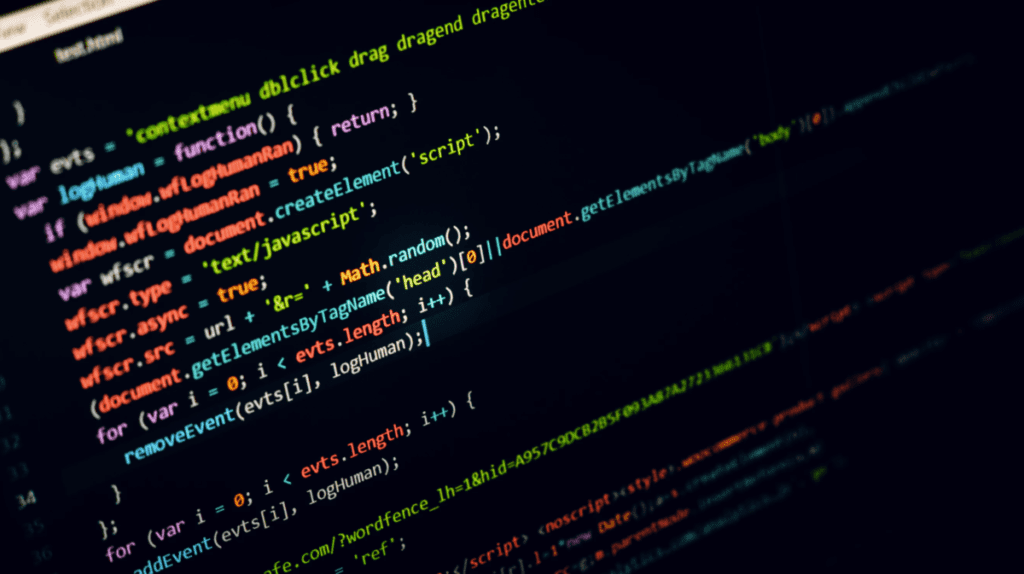A programming language is any set of rules that converts strings, or in the case of visual programming languages, graphical program elements, to various types of machine code output. Programming languages are computer languages used to implement algorithms in computer programming. But did you know that the Python Programming Language did not come from the snake?
Guido van Rossum, the Python developer, wanted the name of his new language to be short, unique, and mysterious. Python was inspired by the BBC comedy series Monty Python’s Flying Circus.
The Python and How It Started
Guido Van Rossum at Centrum Wiskunde & Informatica (CWI) in the Netherlands created Python in the late 1980s as a successor to the ABC programming language, which was inspired by SETL, capable of exception handling and interfacing with the Amoeba operating system. It went into effect in December 1989.
Python is a general-purpose, high-level, interpretive dynamic programming language with a strong emphasis on code readability. Python’s syntax allows programmers to code in fewer steps than Java or C++.
Python is commonly used in larger enterprises due to its numerous programming paradigms. The most common programming languages are imperative and object-oriented functional. It includes an extensive standard library, automatic memory management, and other features.
Van Rossum worked as an ABC programming language implementer at CWI in the early 1980s. Later, in the late 1980s, while working on a new distributed operating system called AMOEBA at CWI, Van Rossum began exploring a scripting language with syntax similar to ABC but access to Amoeba system calls. As a result, Van Rossum set out to develop a new simple scripting language capable of circumventing ABC’s limitations.
Van Rossum began working on the new script in the late 1980s, and the programming language’s first version was released in 1991. The module system used in this initial release is Modula-3. Later on, this programming language was given the name Python. (Source: Analytics Insight)
The Python I
Python code labeled version 0.9.0, released in February 1991, included functions, exception handling, fundamental data types, and classes with inheritance. A modular system based on Modula-3 was also included in this release. Python gained Lambda, reduce(), map(), filter(), keyword arguments, functional programming tools, and built-in support for complex numbers in the early 1990s.
Van Rossum launched a project called Computer Programming for Everyone around this time (CP4E). CP4E’s primary goal was to make programming more accessible to the general public while emphasizing the importance of coding skills. Python’s emphasis on clean syntax and accessibility was instrumental in this. Even though CP4E is no longer active, learning Python remains simple, and most new programmers prefer it. (Source: Analytics Insight)
The Future of Python
With a growing user base, Python does not appear to be going away anytime soon. Many well-known organizations use Python, and it is supported by many OS developers, making Python’s future look promising. It is widely used in the information security industry. Python was named TIOBE’s Programming Language of the Year in 2007, 2010, and 2018. (Source: Analytics Insight)
Image from Devgap
